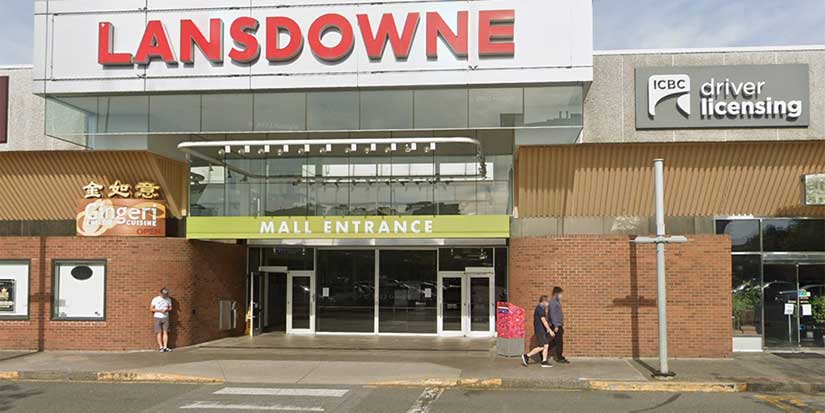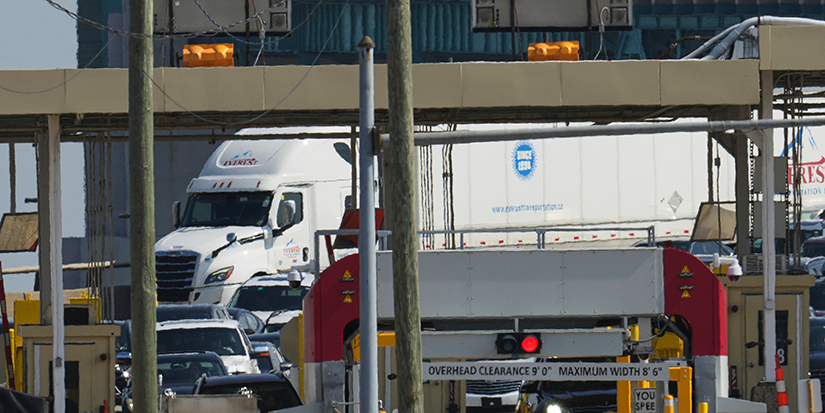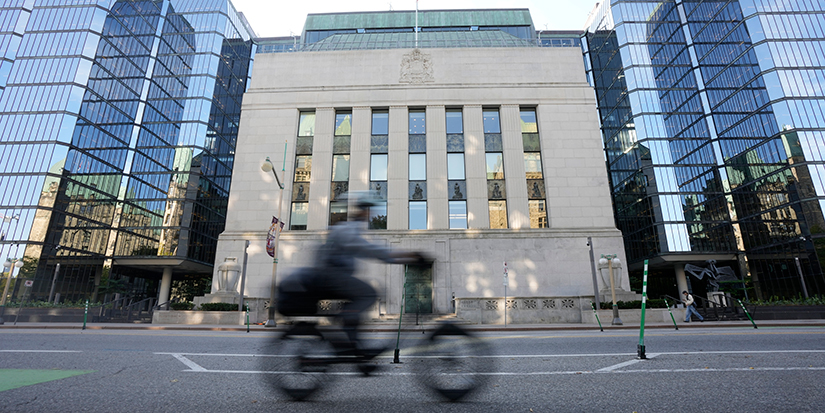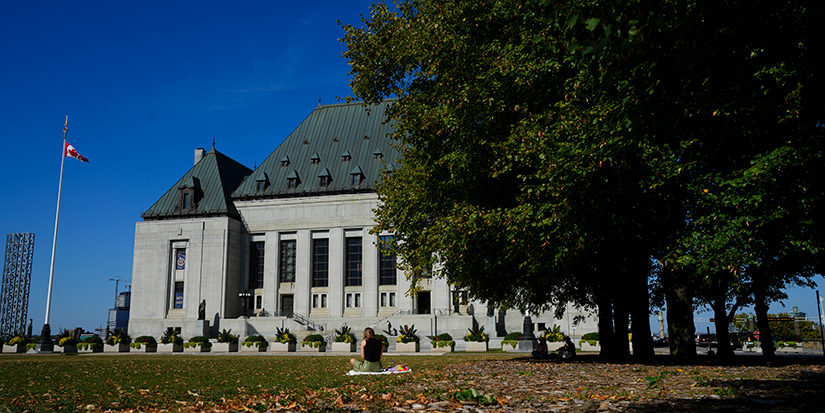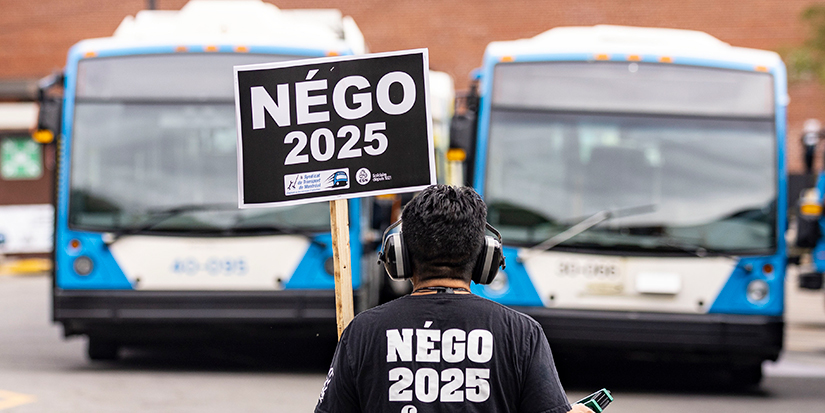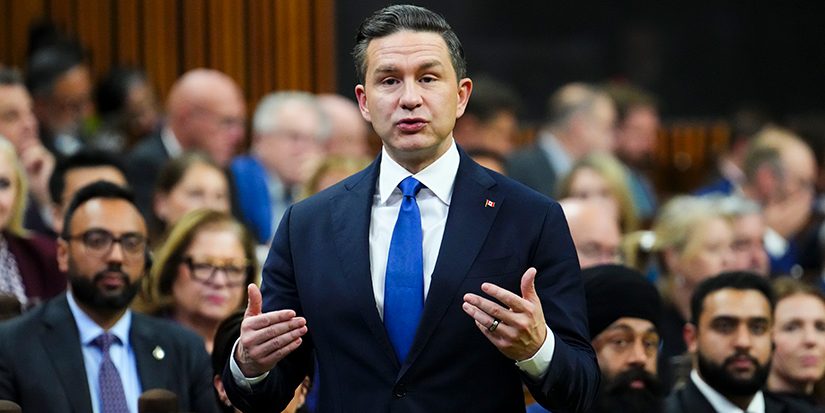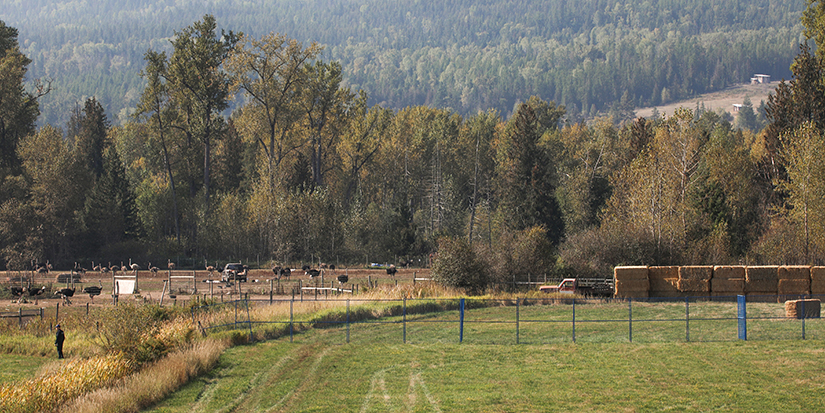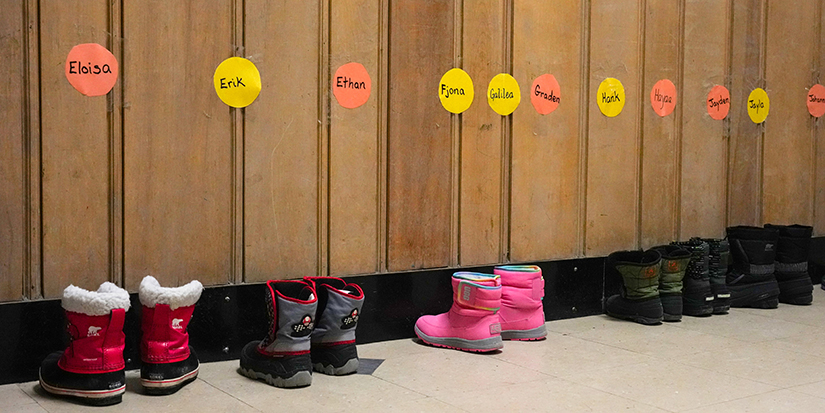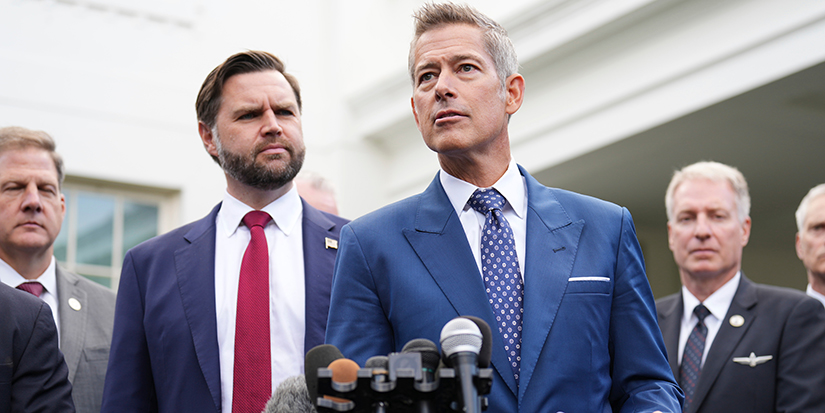Latest News
ICBC driver licensing program explained

By Samuel Cheng
Published 12:22 PDT, Wed March 29, 2023
—
Residents who are new to Richmond or British Columbia can find the driver licensing system to be confusing and perhaps different from the system in place where they previously lived. There are knowledge tests and road tests an individual may have to go through before they are able to acquire a full license.
The Insurance Corporation of British Columbia (ICBC) currently has eight classes of driver’s licenses in place, giving people the right to operate different motorized vehicles.
Motorized vehicles do not only include cars, but also trucks, vans, buses, motorcycles, and other vehicles with an engine.
The most common license categories, or perhaps the ones most people are familiar with, are the Class 5 and Class 7 licenses. These licenses allow holders to operate cars, vans, trucks, construction vehicles, utility vehicles, motorhomes, tow trailers, or other one- to two-axle vehicles weighing up to 4,600 kilograms.
A Class 5 is a full license with no restrictions, whereas Class 7 is considered a learner’s permit, identified by the “L” or “N” magnet found on the rear of a car.
Class 6 and Class 8 are motorcycle licenses. This license class includes not only motorcycles, but all-terrain cycles and vehicles (ATVs) as well. Similar to Class 5 and Class 7 system, a Class 8 license does come with driving restrictions whereas Class 6 does not.
A Class 4 license can be separated into two variations: restricted and unrestricted. Both Class 4 restricted and unrestricted allow holders to drive a taxi or a limousine (up to 10 people including the driver for the restricted license), operate a commercial use vehicle such as an Uber and Lyft, or drive an ambulance, as well as any vehicles listed under a Class 5 license.
Additionally, an unrestricted Class 4 license also permits its holder to drive buses with a maximum seating capacity of 25 people including the driver. Buses include school buses, special activity buses, and special vehicles used to transport people with disabilities.
With a Class 3 license, one can operate trucks with more than two axles and drive or tow trailers that exceed 4,600 kilograms. This includes dump trucks, tow trucks, and mobile truck cranes.
Furthermore, with a Class 3 license, a vehicle operator can drive any vehicle listed under a Class 5 license. However, a Class 3 license does not permit people to drive a bus carrying passengers.
A Class 2 license grants the licensee the right to drive buses including school buses, special activities buses and special vehicles. Also, it covers all the vehicles listed under Class 4 and Class 5 licenses.
Lastly, a Class 1 license permits the operation of semi-trailer trucks as well as all the vehicles listed from Class 1 to Class 5. Motorcycles are an exception not included under the Class 1 license.
Aside from vehicles that require a license to operate, there are certain vehicles and motorized vehicles that do not require users to acquire an additional license.
A clutchless scooter with an engine size of less than 50 cc, a maximum speed of 70 kilometres per hour or lower, a maximum weight of 95 kilograms, and a wheel diameter 254 millimeters can be ridden with a Class 5 or Class 7 license, but not a learner’s license.
It is important to follow traffic laws as well as watching out for the safety of pedestrians and other vehicles that are on the road. Most important of all, people should not drink and drive.
